
Creation Care Alliance Director is Moving into a New Role.
Creation Care Alliance Director is Moving into a New Role.
The Reverend Scott Hardin-Nieri, director of MountainTrue’s Creation Care Alliance of WNC program and beloved colleague, will be moving on to a position with The Bethany Fellowship. Below is a letter from Scott that was sent to CCA members on March 30, 2021 announcing his departure.
Dear friends and supporters,
After 6 years of wonderful work collaborating with individuals and congregations in Western North Carolina, it is with a mix of excitement but also sadness that I share the news that I will be leaving my role as Director of the Creation Care Alliance to accept a call into a position with The Bethany Fellowship to accompany congregations as they discern and act faithfully in these times. I will serve as director until April 30, 2021, allowing me some time to finish up current projects and help with the transition. Our family will remain in Asheville. MountainTrue and the Creation Care Alliance are also my family, and I plan to volunteer and be involved with y’all in the future.
Over the past six years, the Creation Care Alliance has grown to become a vital program within the MountainTrue community. CCA and MountainTrue, working together, are unique in their ability to combine science, faith, policy, economics, spirituality, justice, technology, and theology. We took risks partnering a faith-based program with an environmental advocacy organization, and those risks are paying off.
I’m proud of what we’ve accomplished together. We currently work with over seventy congregations representing twelve denominations in about twenty different locations across Western North Carolina. Through the passion and dedication of the CCA Steering Team, MountainTrue Staff and our network of congregations and collaborators we have been able to offer transformative experiences like our Earth Day Vigils, Path to Paris Pilgrimages, and Creation Care Retreats; tangible results reflected in the hundreds of solar panels, LED lights and gardens installed at congregations throughout our region; and vital tools and resources through our Creation Care Guide, Eco-Grief Circles and Eco Justice Camps. Together we have accompanied congregations as they have addressed climate change and ecological destruction but equally important we have deepened the capacity for compassion, right relationship, and love in the midst of crises. This unique blend of mitigation, adaptation, and compassion is a hallmark of our work together and will continue to flourish in the months and years to come.
I’m excited at what CCA has planned for the future as well. Even as I prepare for my new job, I’ve been working with MountainTrue and the Creation Care Alliance Steering Team on a strategic plan for the next 10 years. We’re planning now to bring the good work of Creation Care to more congregations and communities throughout our mountain region, to shepherd more faith groups through the process of accomplishing zero-carbon footprints, and to train more leaders to take our movement of love and compassion to the broader public. I look forward to passing the baton to the next CCA director. We’ve posted a job description on the MountainTrue and Creation Care Alliance of WNC websites, and we are accepting applications now. The deadline to apply is May 5.
As supporters and partners with the Creation Care Alliance, you serve as vital parts of this ongoing work toward a more sustainable and just future. The needs in our communities are great and whoever steps into this work will be lucky to be walking with such a powerful collective of staff and volunteers.
It’s been an honor to work with you all for justice, our communities, and a better planet. I leave this position with a note of deep gratitude and a determination to continue this work together in the future. See you soon!
With Gratitude and Hope,

Rev. Scott Hardin-Nieri, Director Creation Care Alliance of Western North Carolina
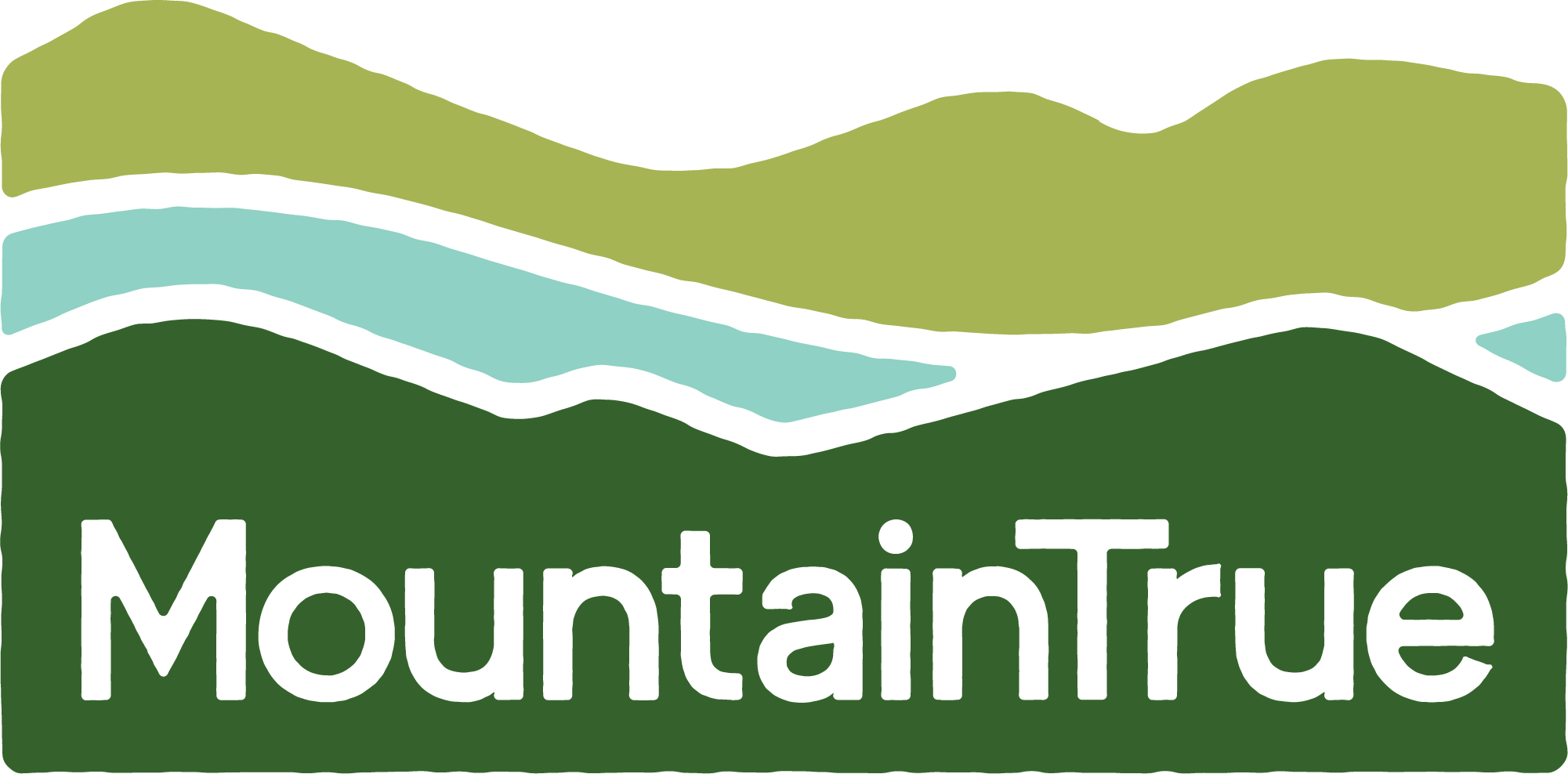

 Dionne Delli-Gatti
Dionne Delli-Gatti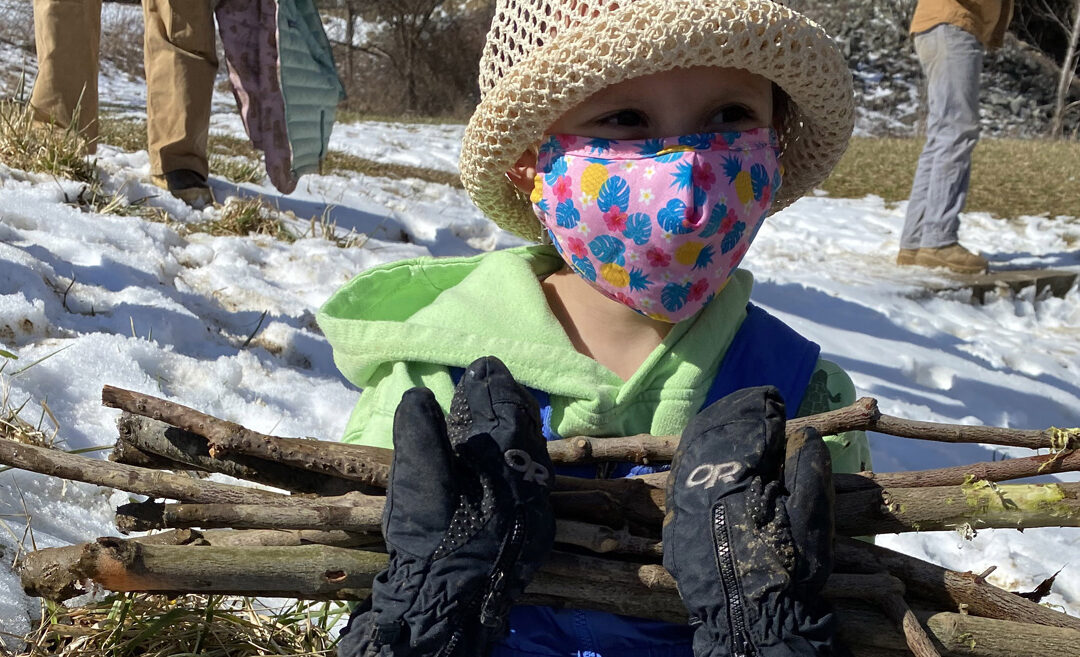
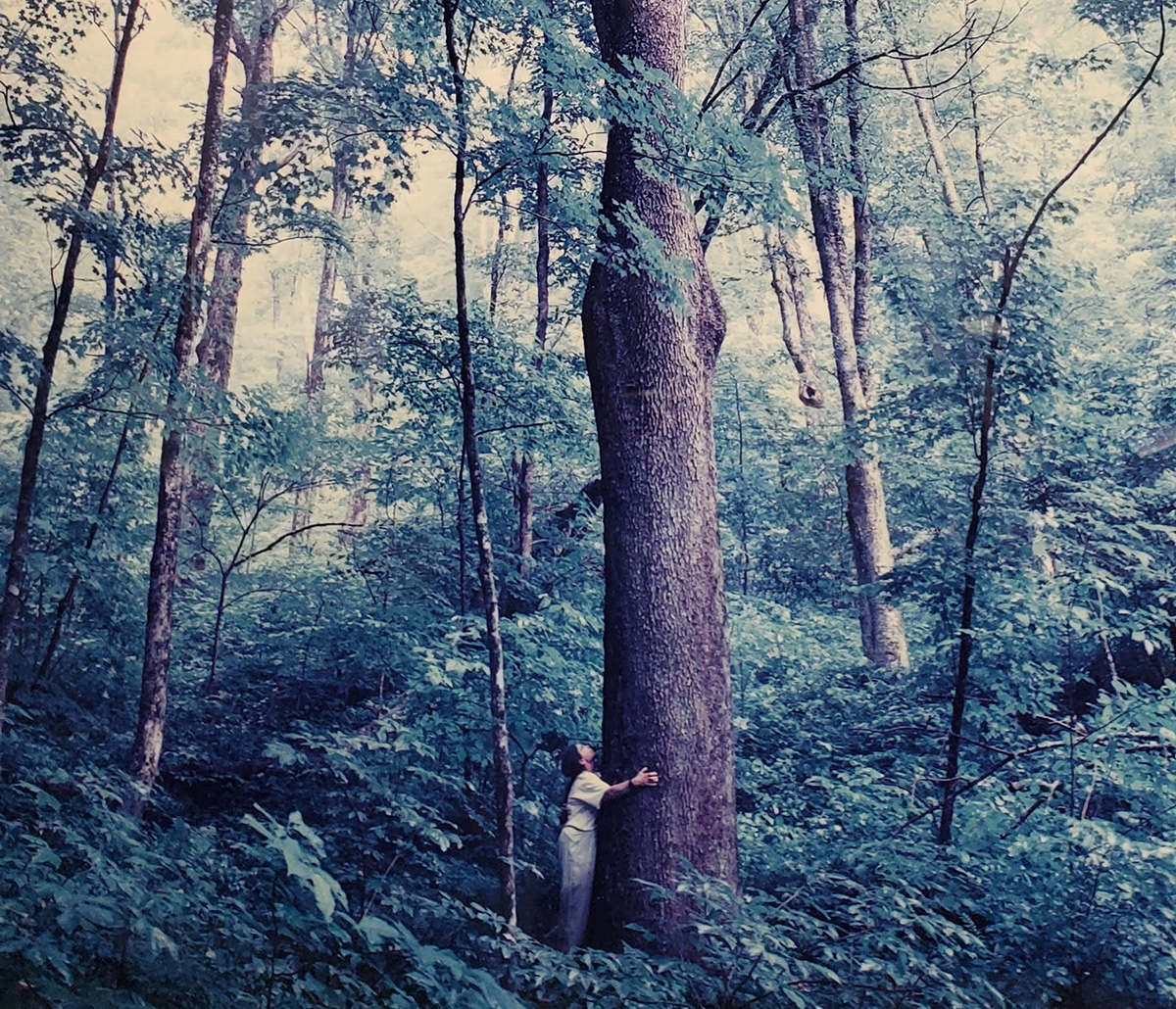

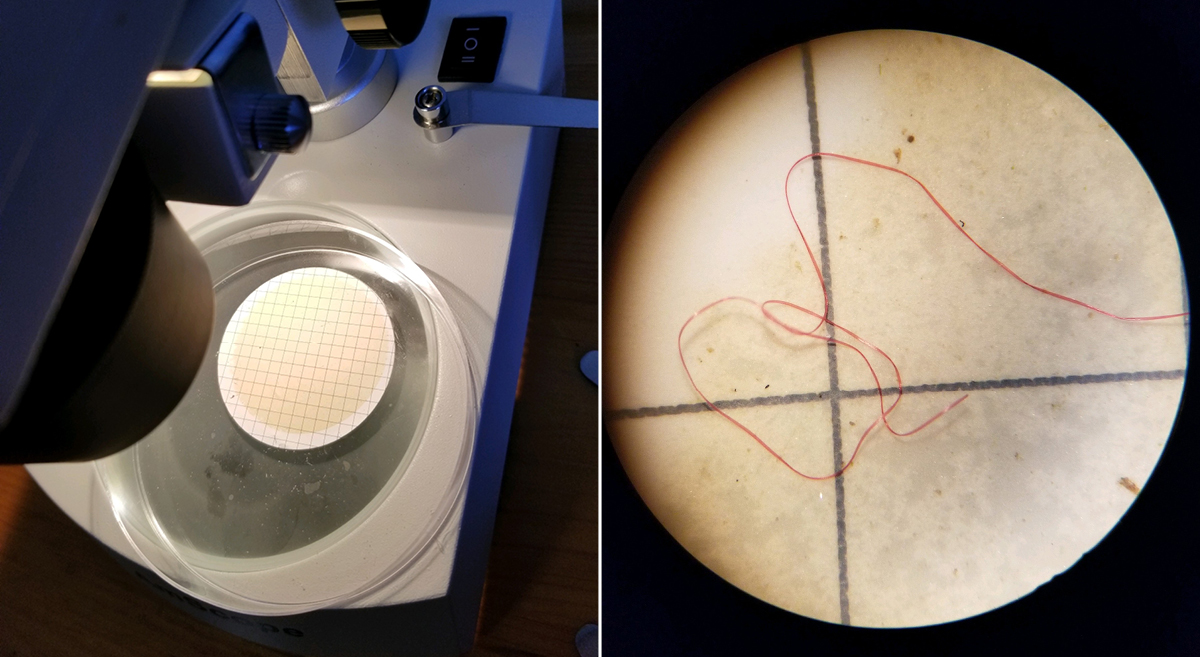
 Clean Water Auction Fundraiser Online This Year
Clean Water Auction Fundraiser Online This Year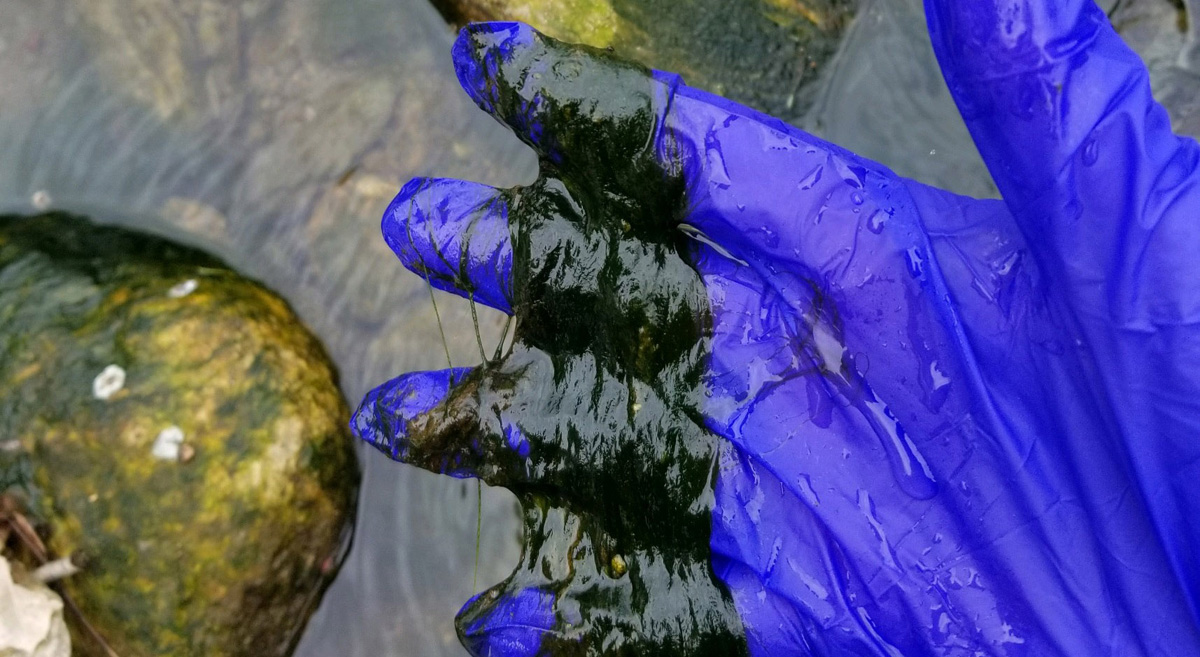
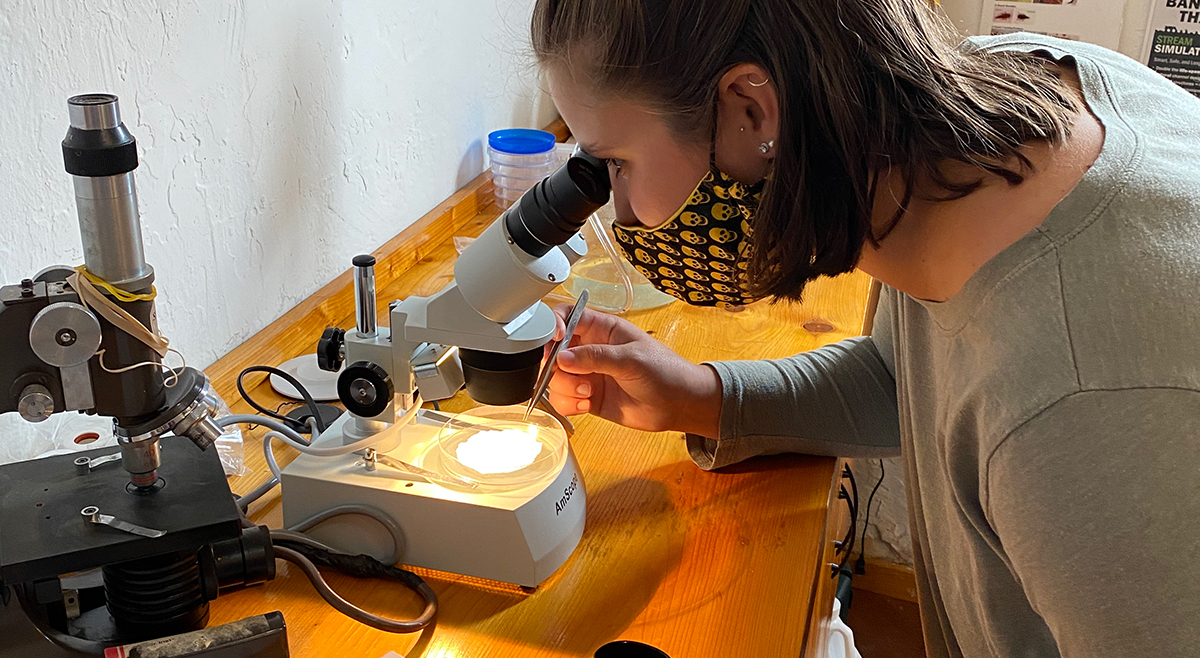
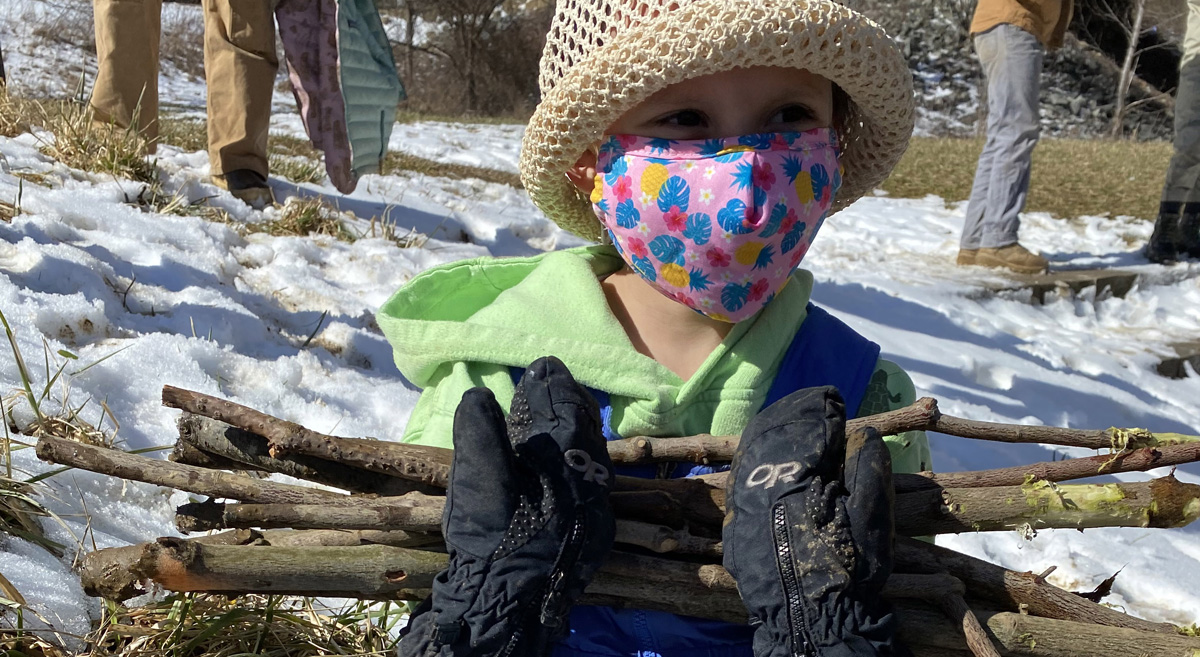
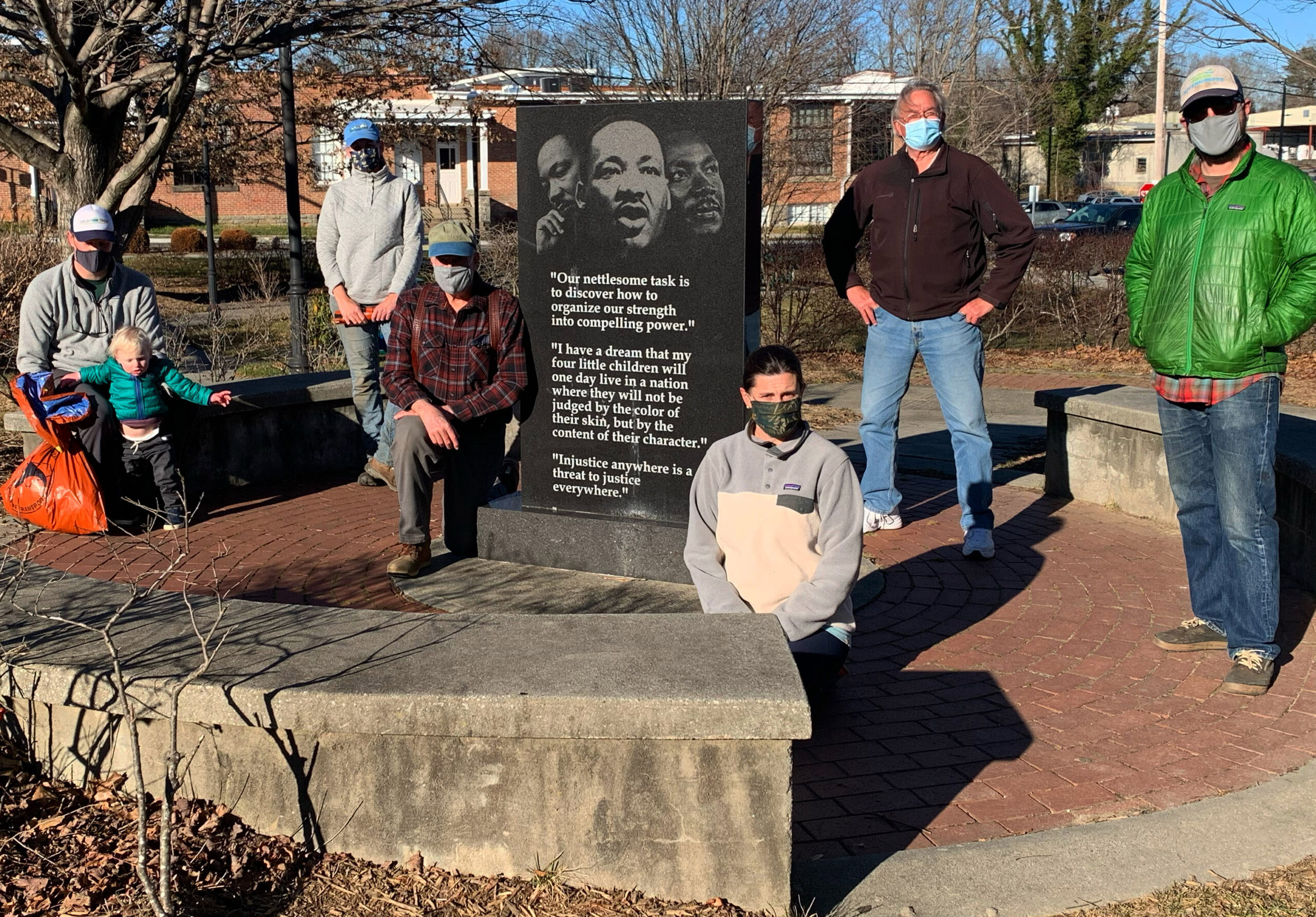

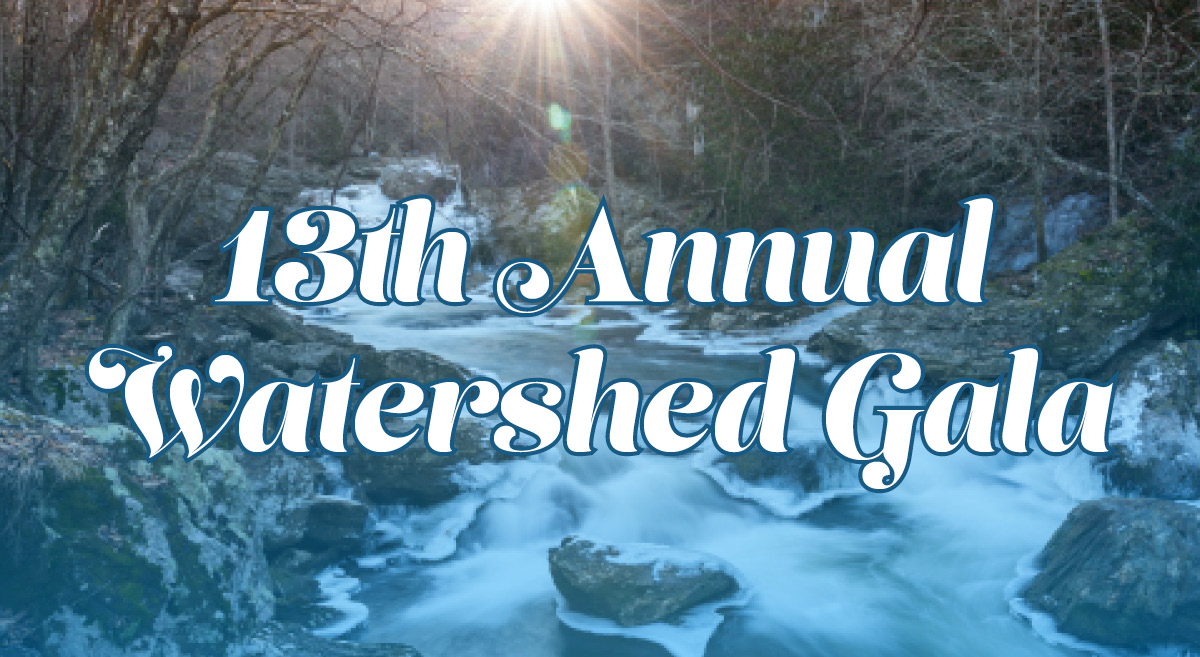
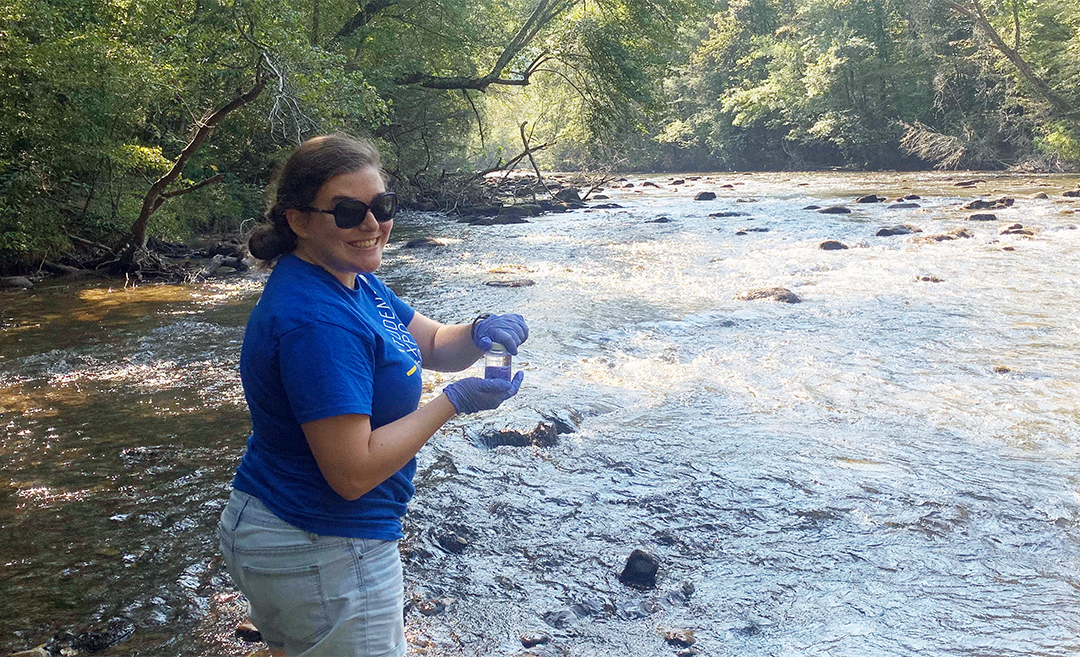
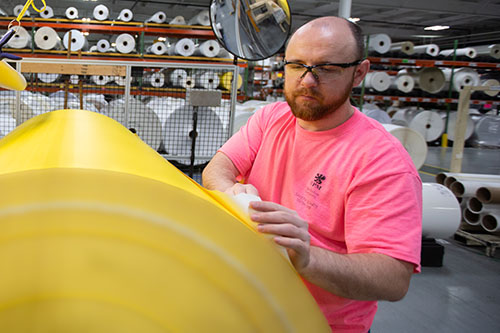 UPM Raflatac develops innovative and sustainable labeling solutions that help businesses move beyond fossil fuels. As one of the world’s leading producers of self-adhesive label materials, it maintains a global network of factories, distribution terminals and sales offices, and operates two factories in Henderson County, North Carolina employing approximately 350 people.
UPM Raflatac develops innovative and sustainable labeling solutions that help businesses move beyond fossil fuels. As one of the world’s leading producers of self-adhesive label materials, it maintains a global network of factories, distribution terminals and sales offices, and operates two factories in Henderson County, North Carolina employing approximately 350 people.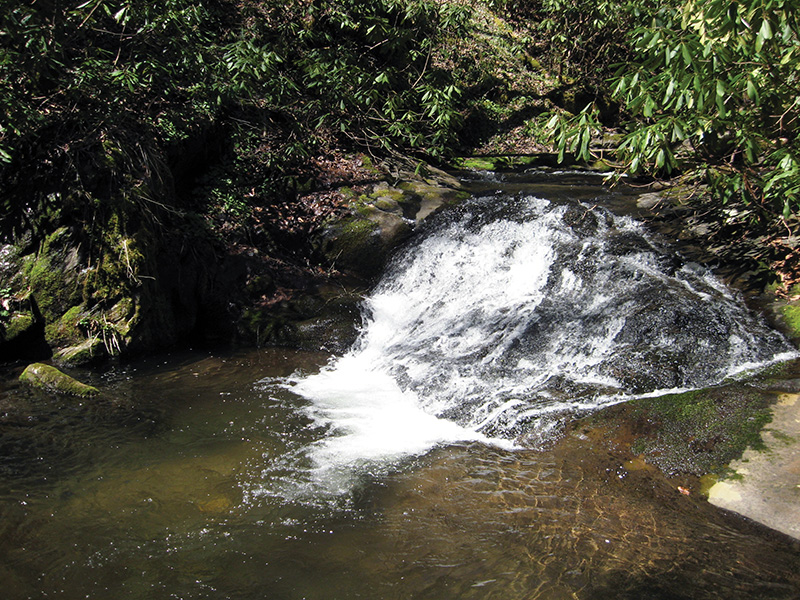 Laurel Creek is part of the headwaters of Fires Creek, a favorite trout stream for many anglers in our region.
Laurel Creek is part of the headwaters of Fires Creek, a favorite trout stream for many anglers in our region.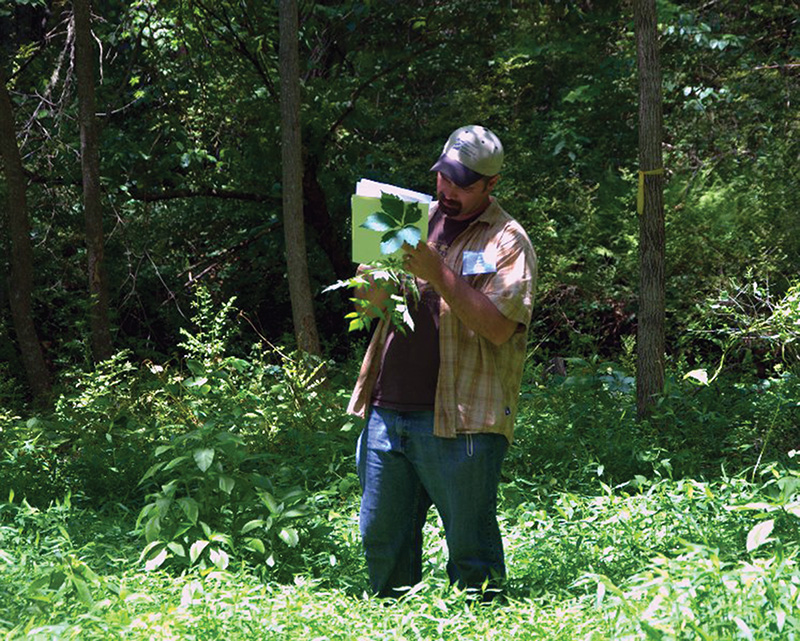 MountainTrue Western Region program coordinator Tony Ward evaluates native and invasive plants while developing a restoration plan.
MountainTrue Western Region program coordinator Tony Ward evaluates native and invasive plants while developing a restoration plan.